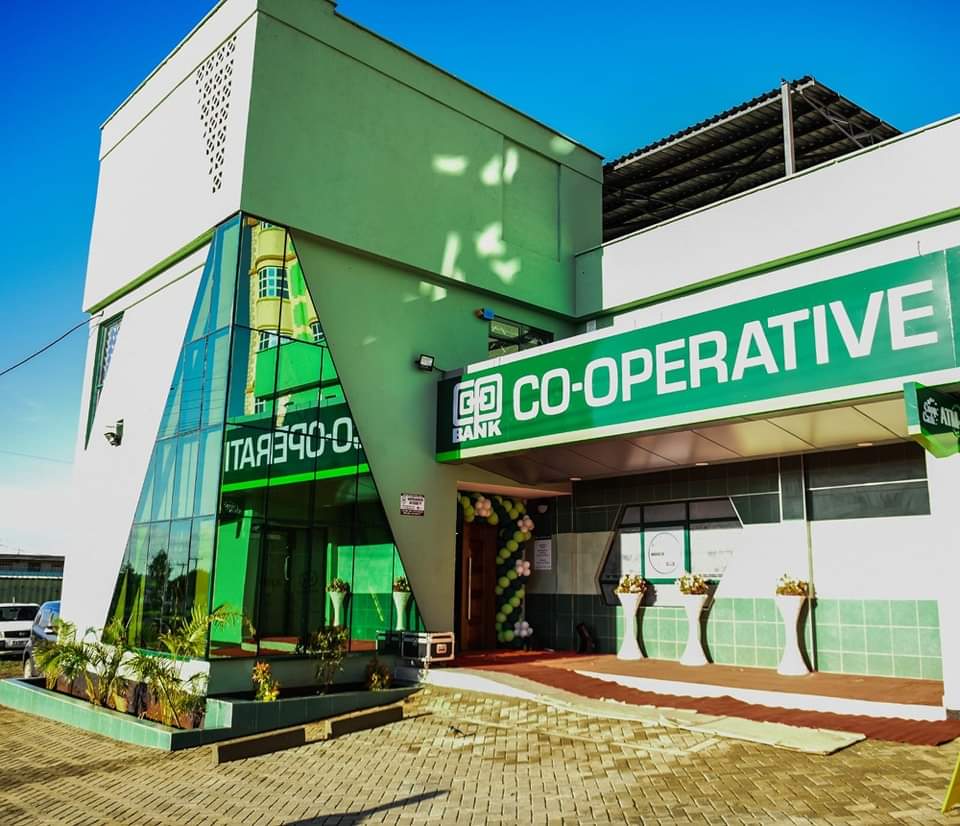Revolutions Devour Their Own: A Historical Perspective
Revolutions, often heralded as beacons of hope and change, have a dark underbelly. Throughout history, countless revolutions have consumed their own progeny, leading to bloodshed, tyranny, and the very injustices they sought to eradicate. Why does this seemingly paradoxical phenomenon occur?
1. The Power Vacuum: Revolutions often create a power vacuum, a void left by the overthrow of the old regime. This vacuum can be filled by individuals or groups with ambitious and often ruthless agendas. These individuals, once part of the revolutionary movement, may now see the opportunity to seize power for themselves, disregarding the original ideals.
2. Ideological Purges: Revolutions are often driven by fervent ideologies. However, as the movement progresses, internal disagreements and factions can emerge. These differences can lead to ideological purges, where those who do not adhere to the dominant ideology are eliminated, often through violence. This can result in the elimination of key figures and the erosion of the revolution’s moral compass.
3. The Cult of Personality: Charismatic leaders often play a central role in revolutions. Their charisma and vision can inspire and unite people. However, this can also lead to the development of a cult of personality, where the leader is seen as infallible and beyond reproach. This can create an environment where dissent is suppressed and those who challenge the leader’s authority are punished.
4. The Struggle for Control: As revolutions unfold, different factions within the movement may vie for control. These power struggles can lead to violence and instability. The original ideals of the revolution may be lost in the scramble for power, as factions prioritize their own interests over the broader goals of the movement.
5. The Inevitability of Bureaucracy: Revolutions often aim to create a more just and equitable society. However, the implementation of new systems and policies requires the establishment of bureaucracies. These bureaucracies can become entrenched and resistant to change, ultimately undermining the very ideals that inspired the revolution.
In conclusion, the phenomenon of revolutions devouring their own children is a complex one with deep historical roots. While revolutions can be powerful catalysts for change, they are also susceptible to the same human frailties and power struggles that afflict all societies. Understanding these factors is crucial for appreciating the challenges and complexities of revolutionary movements.







